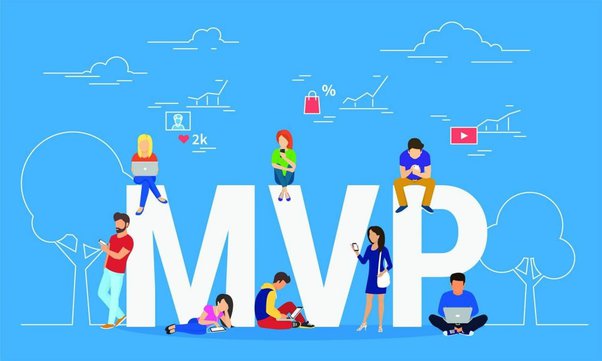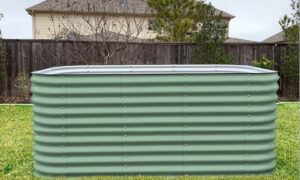As the global prevalence of myopia, or nearsightedness, continues to rise, parents are faced with the challenge of managing their children’s vision health. Fortunately, the field of vision care has seen a significant advancement in myopia control technologies, offering new solutions to slow the progression of this condition and safeguard the long-term eye health of young patients.
In this comprehensive guide, we’ll explore the role of myopia control lenses in managing children’s vision, providing parents with the knowledge and tools necessary to make informed decisions and ensure the best possible outcomes for their children.
Understanding Myopia and Its Implications
The Rise of Myopia
Myopia, a refractive error that causes objects in the distance to appear blurred, has become increasingly prevalent worldwide ortho k adults, particularly in Asia and developed countries. This surge in myopia can be attributed to a combination of genetic factors and environmental influences, such as increased screen time and decreased outdoor activity.
The Importance of Early Intervention
Addressing myopia in children is crucial, as the condition typically progresses rapidly during the formative years. Unmanaged myopia can lead to a range of sight-threatening complications later in life, including retinal detachment, glaucoma, and macular degeneration.
Introducing Myopia Control Lenses
The Evolution of Myopia Control
Traditional corrective lenses, such as glasses and contact lenses, have been the primary solution for addressing refractive errors. However, these lenses only correct vision and do not actively slow the progression of myopia. In recent years, the vision care industry has shifted its focus towards myopia control, developing specialized lenses designed to mitigate the worsening of this condition.
Key Innovations in Myopia Control Lenses
Some of the latest advancements in myopia control lenses include:
- Orthokeratology (Ortho-K) Lenses: These rigid, gas-permeable contact lenses are worn overnight to temporarily reshape the cornea, effectively slowing myopia progression.
- Multifocal Contact Lenses: These lenses incorporate different optical zones to focus light in a specific manner, helping to control the growth of the eyeball and slow myopia progression.
- Specialty Spectacle Lenses: Lenses with peripheral defocus or progressive designs can manipulate the way light enters the eye, contributing to the slowing of myopia progression.
- Dual-Focus Lenses: These lenses combine a central zone for clear distance vision with a peripheral zone that creates a mild myopic defocus, effectively slowing eyeball elongation.
The Benefits of Myopia Control Lenses for Children
Slowing Myopia Progression
The primary goal of myopia control lenses is to slow the worsening of the condition, reducing the risk of developing sight-threatening complications later in life, such as retinal detachment, glaucoma, and macular degeneration.
Improved Visual Acuity and Function
Many myopia control lens technologies, such as Ortho-K and multifocal contact lenses, provide clear and stable vision, allowing children to engage in daily activities, academic pursuits, and sports without the constant need for corrective eyewear.
Enhanced Quality of Life
By addressing the challenges of myopia, myopia control lens innovations can have a profound impact on a child’s overall quality of life. Improved visual acuity, enhanced confidence, and reduced dependence on corrective eyewear can all contribute to better physical, emotional, and social well-being.
Long-Term Eye Health Protection
The ability of myopia control lenses to slow the progression of the condition can have far-reaching implications for a child’s long-term eye health. By preventing the worsening of myopia, these lenses can reduce the risk of developing sight-threatening complications, helping to safeguard vision for years to come.
Identifying Suitable Candidates for Myopia Control Lenses
Age and Stage of Myopia Progression
Myopia control lenses are most effective when used during the critical years of a child’s visual development, typically between the ages of 6 and 15. Children with rapidly progressing myopia are often the best candidates for these specialized lenses.
Lifestyle and Activity Level
Children with an active lifestyle, such as those involved in sports or outdoor activities, may be particularly well-suited for myopia control lenses like Ortho-K, which provide clear vision without the need for daytime wear of corrective eyewear.
Commitment to Treatment
Successful myopia control requires a commitment from both the child and their parents. Ensuring compliance with the recommended wear schedule and care regimen is essential for the long-term effectiveness of the treatment.
Getting Started with Myopia Control Lenses
Consultation with an Eye Care Professional
The first step in exploring myopia control lenses for your child is to schedule a comprehensive eye examination with a qualified eye care professional, such as an optometrist or ophthalmologist. They will assess your child’s specific needs and provide personalized recommendations.
Fitting and Adaptation Process
Depending on the type of myopia control lenses selected, the fitting and adaptation process may vary. The eye care provider will guide you and your child through the necessary steps, ensuring a smooth transition and addressing any concerns or questions that may arise.
Ongoing Care and Monitoring
Regular follow-up appointments are essential to monitor the progress of the myopia control treatment and make any necessary adjustments to the lenses or wear schedule. Maintaining good compliance with the recommended care regimen is crucial for the long-term success of the treatment.
Conclusion
As parents, safeguarding our children’s vision health is of utmost importance. The latest innovations in myopia control lenses offer a promising solution to slow the progression of this condition and protect our children’s long-term eye health.
By understanding the mechanisms behind these cutting-edge technologies and the benefits they can provide, parents can make informed decisions that align with their children’s unique needs and goals. Consulting with a qualified eye care professional is the first step in this journey, and with their guidance and support, parents can empower their children to embrace a future filled with clearer vision, enhanced confidence, and a reduced risk of sight-threatening complications.












